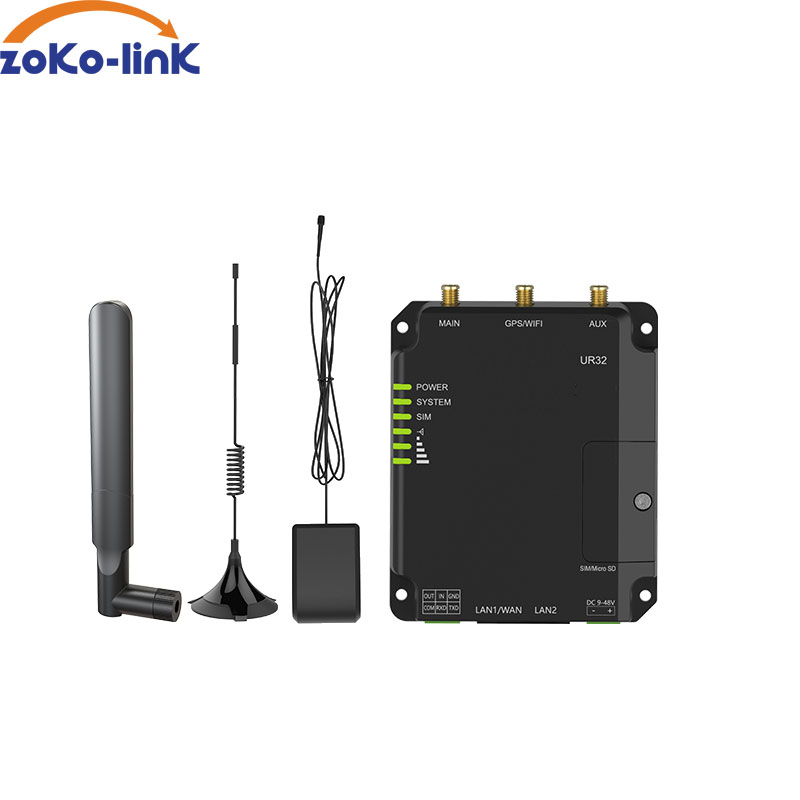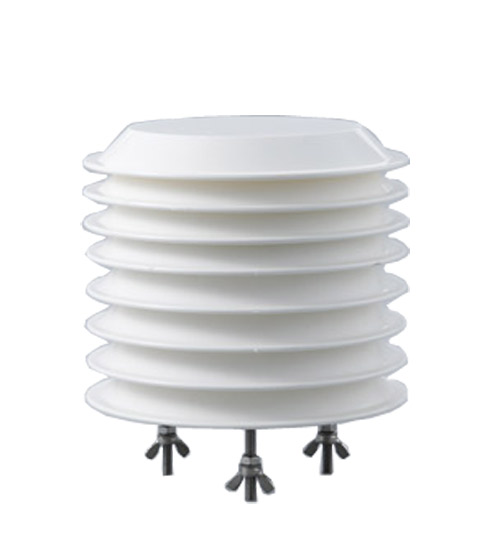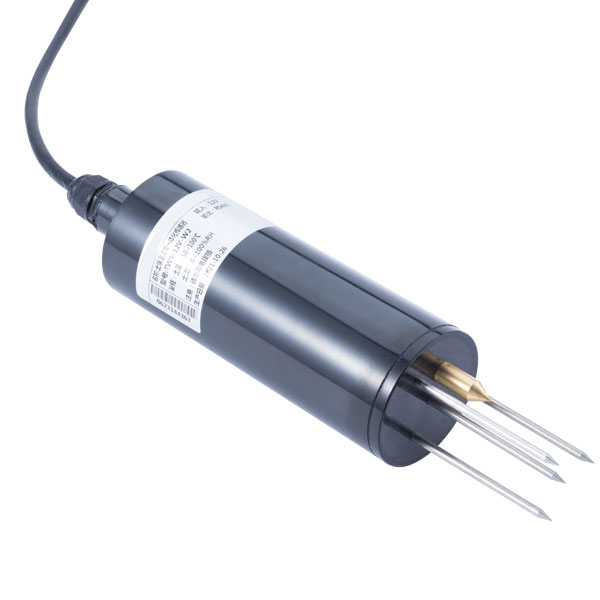

— Blogs —
—Products—
 Consumer hotline +8618073152920
Consumer hotline +8618073152920 WhatsApp:+8615367865107
Address:Room 102, District D, Houhu Industrial Park, Yuelu District, Changsha City, Hunan Province, China
Product knowledge
Time:2021-12-25 16:43:12 Popularity:861
Wall penetration capability of industrial wireless routers
What is the penetration capability of industrial wireless routers? An important indicator of "through-wall capability" is that industrial routers wireless local area networks use wireless microwave frequency bands. The biggest feature of microwave is that it spreads almost in a straight line, and the diffraction ability is very weak. Therefore, the wireless receiving equipment of the industrial router behind the obstacle will be blocked by the obstacle. The wireless signal that has "pierced" the obstacle will gradually become a weaker signal. As for how strong this signal is, this is the penetrating ability or simply the "wall penetration ability".
The transmit power, receiving sensitivity (which is two-way), antenna gain, and effective transmission distance of industrial LTE routers are directly related to the isolation penetration capability, whether the connection is stable, and the final actual transmission rate. Whether it can achieve a stable speed and seamless connection is very important. Key indicators.
The ability of industrial-grade LTE routers to penetrate partition walls usually depends on the following technical indicators of industrial dual-card routers
(1) The maximum transmit power of wireless local area network equipment specified by IEEE 802.11 is 20dBm (100 milliwatts), and generally larger industrial router products must reach 17dBm.
(2) The current optimal receiving sensitivity is -105dB. Passing through a layer of wood, the received signal will be attenuated by 4dB; passing through a brick wall, the received signal will be attenuated by 8-15 dB; passing through a reinforced concrete wall, it will be attenuated by at least 15-30 dB. A wireless device with a transmission sensitivity of up to 105dB has strong wall penetration; it can continuously penetrate three reinforced concrete walls with a thickness of 1.2 meters and a total interval of 30 meters without any relay equipment.

(3) The antenna gain of an industrial-grade router for the entire network is preferably 3 to 5 dBi. The antenna gain of a general wireless local area network device is 2dBi. According to experience, a 2dBi gain antenna signal can penetrate two walls. If there are too many rooms and there are more partition walls, it is best to use an industrial full Netcom router antenna that can be detached to configure a high-gain antenna, such as changing to a 5dBi omni-directional antenna to enhance it. It should be pointed out that the obstacles of metal objects not only block microwave wireless signals, but also absorb electromagnetic energy and generate weak currents to leak out.
Therefore, the biggest obstacle for the wireless signal of the full Netcom industrial router in the home environment is the floor with steel mesh inside, and the signal in this direction has almost no possibility of penetration. The industrial-grade full Netcom router antenna is a passive component that will not increase power. No matter how much gain antenna is added, the power it emits will not be higher than the power of the full Netcom industrial-grade router itself. The zokolink industrial router adopts a wireless dual-cellular antenna design scheme, with 2 external omnidirectional high-gain antennas, omnidirectional high-gain dual-antenna design, and the signal is stronger.
Sensors & Weather Stations Catalog
Agriculture Sensors and Weather Stations Catalog-NiuBoL.pdf
Weather Stations Catalog-NiuBoL.pdf
Related recommendations
Related products
 Atmospheric Temperature Humidity Pr···
Atmospheric Temperature Humidity Pr··· Soil Temperature Moisture Sensor 4-···
Soil Temperature Moisture Sensor 4-··· Air temperature, humidity and atmos···
Air temperature, humidity and atmos···
Screenshot, WhatsApp to identify the QR code
WhatsApp number:+8615367865107
(Click on WhatsApp to copy and add friends)